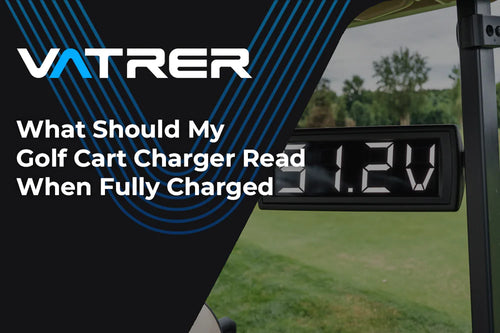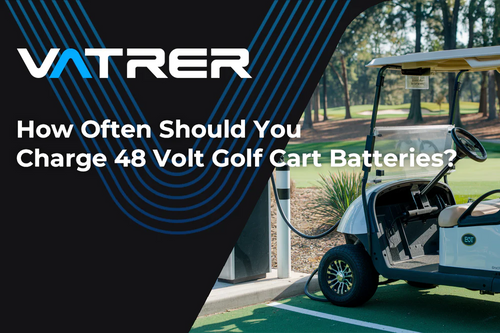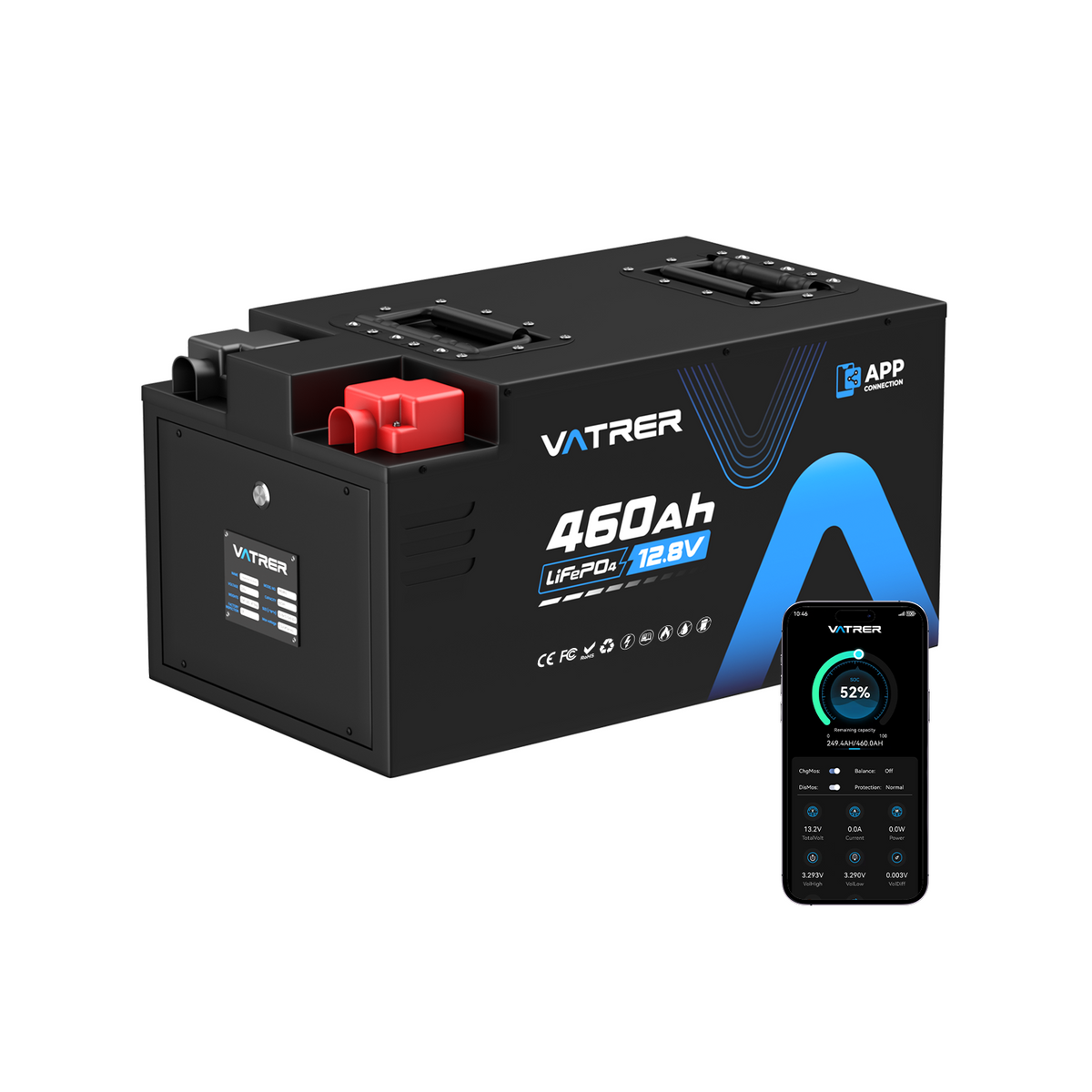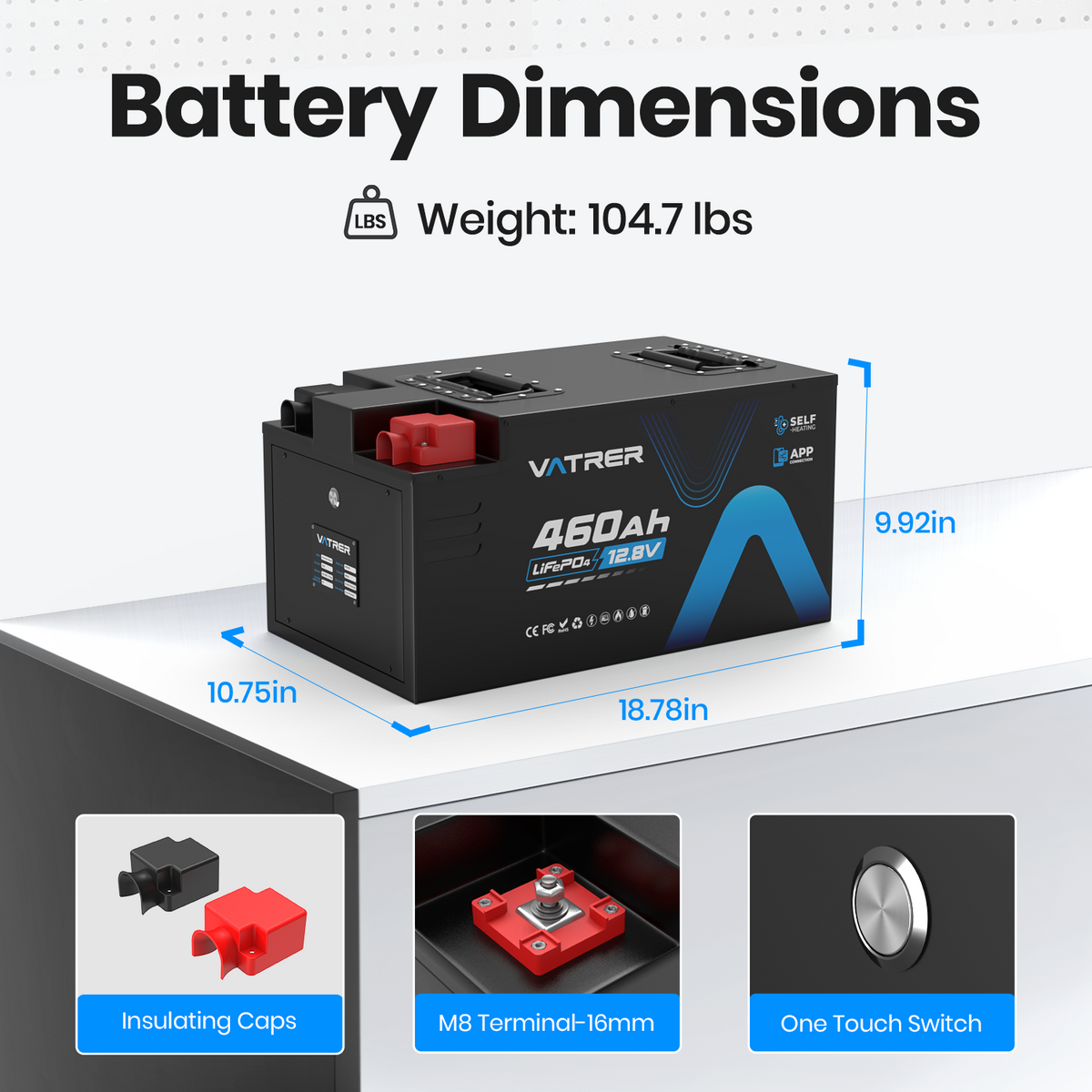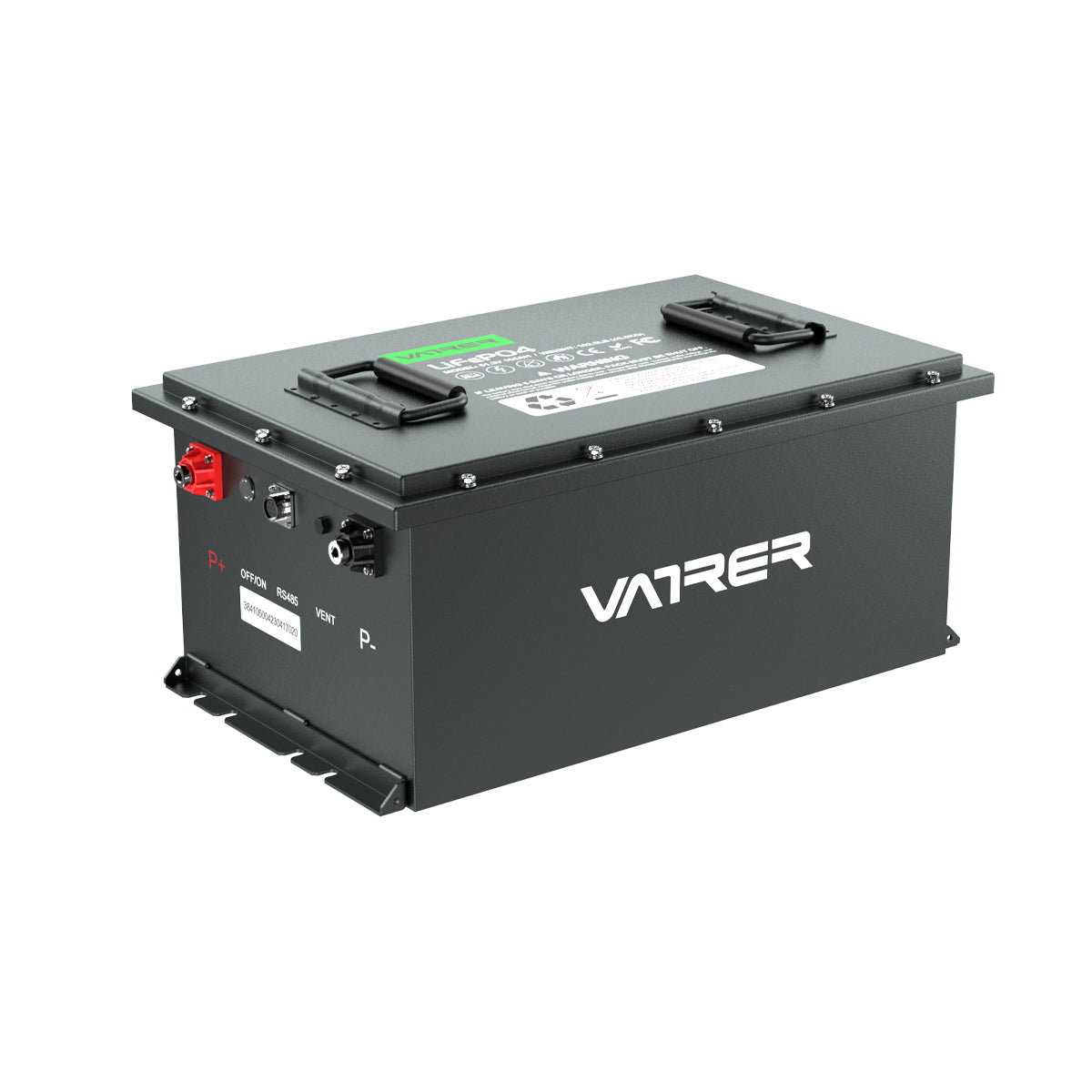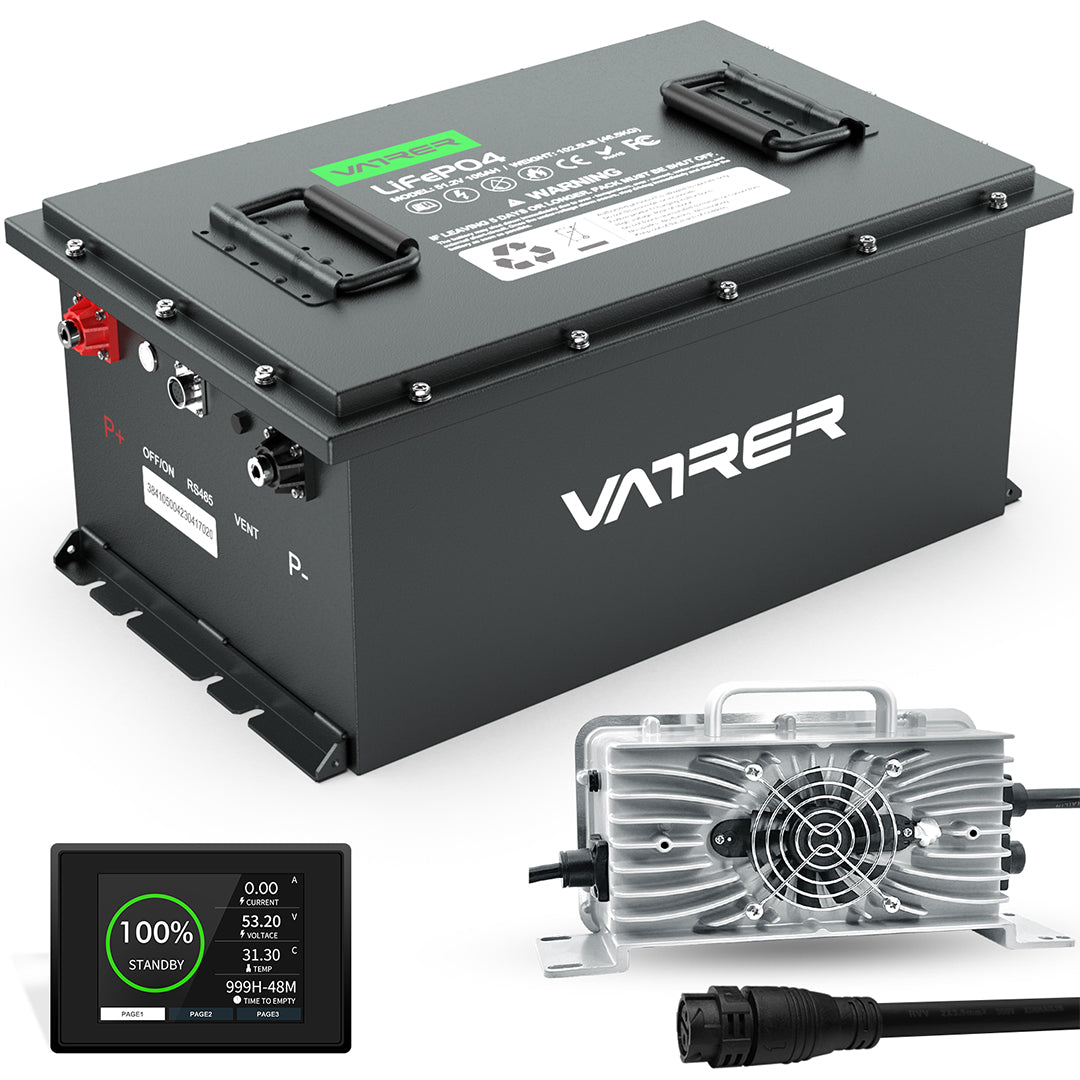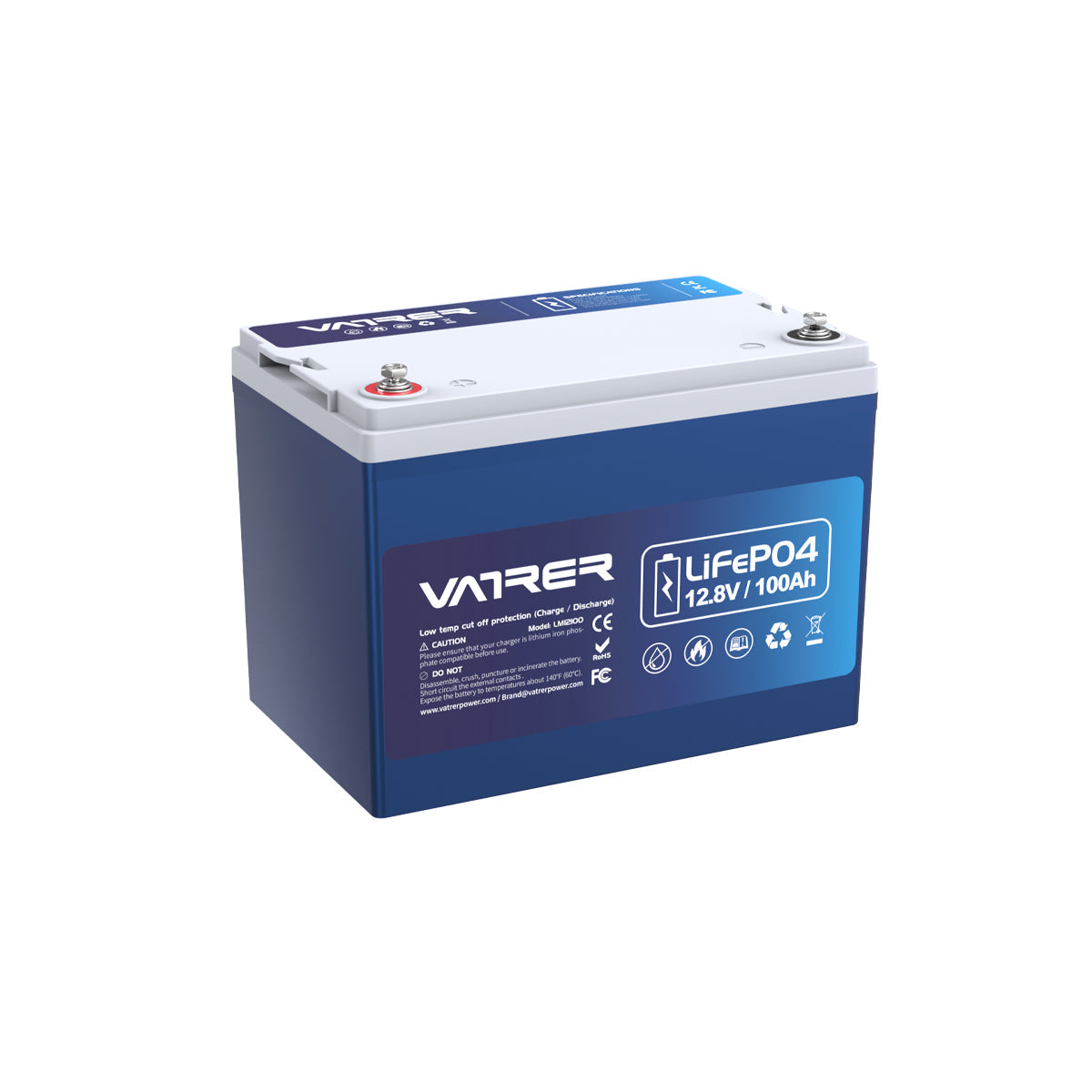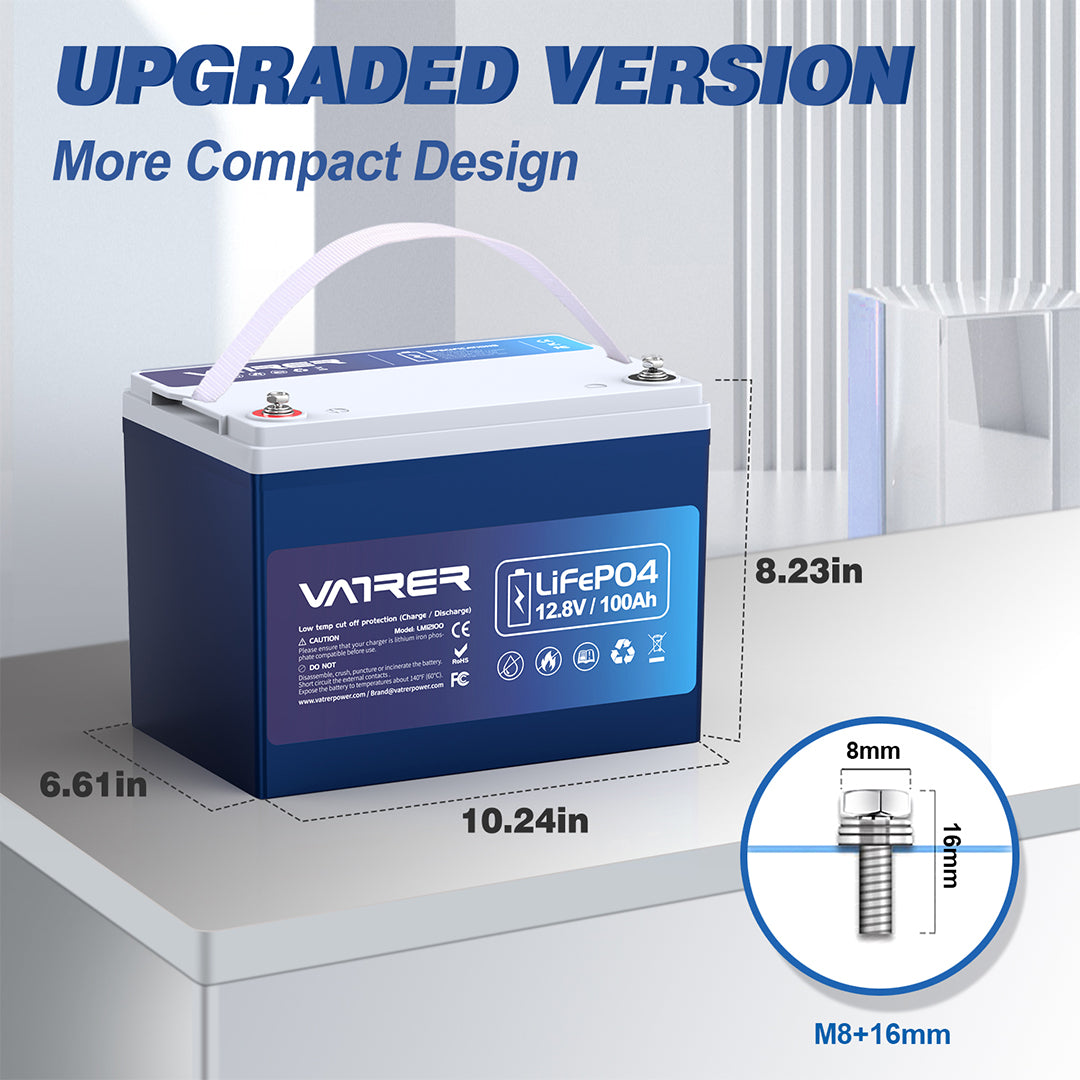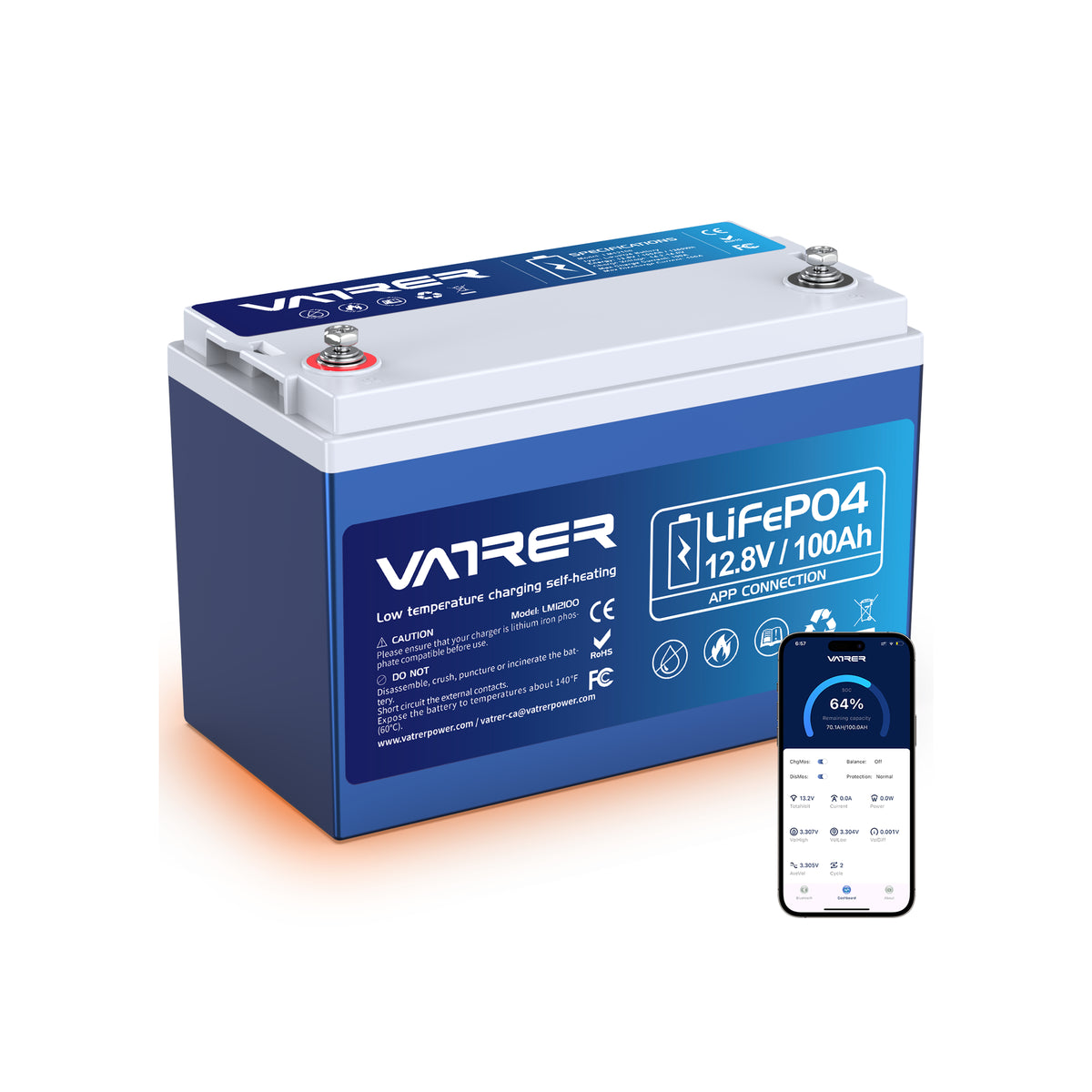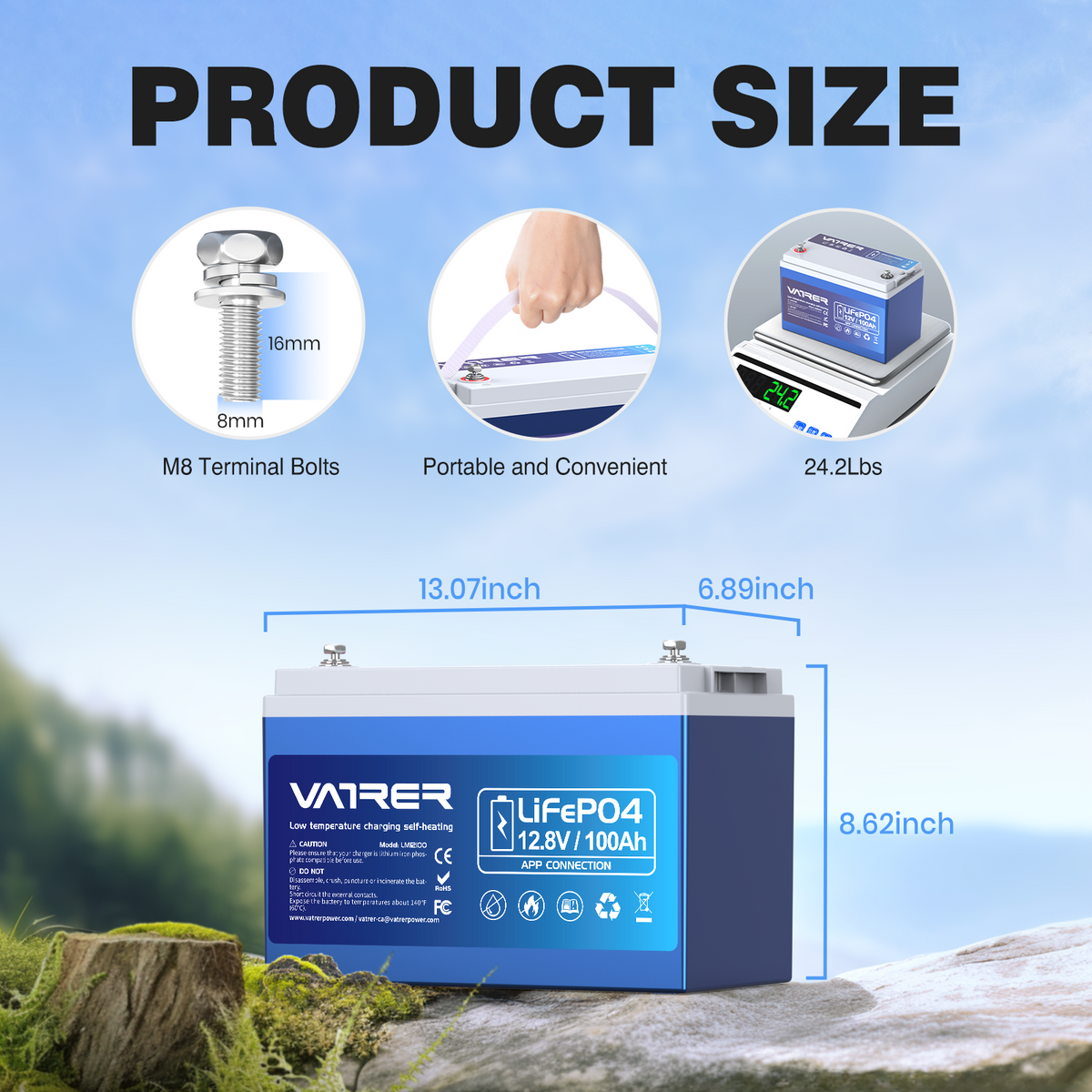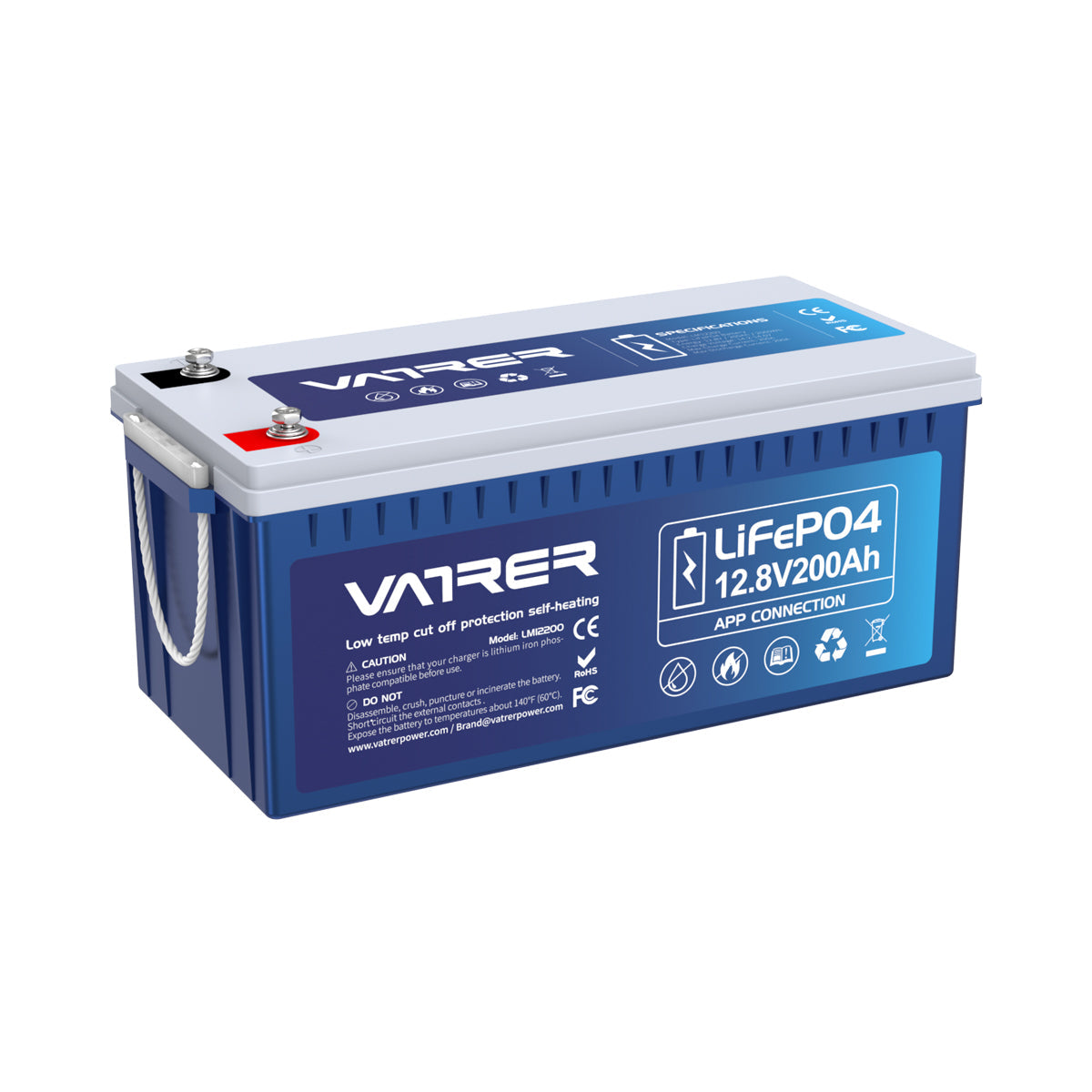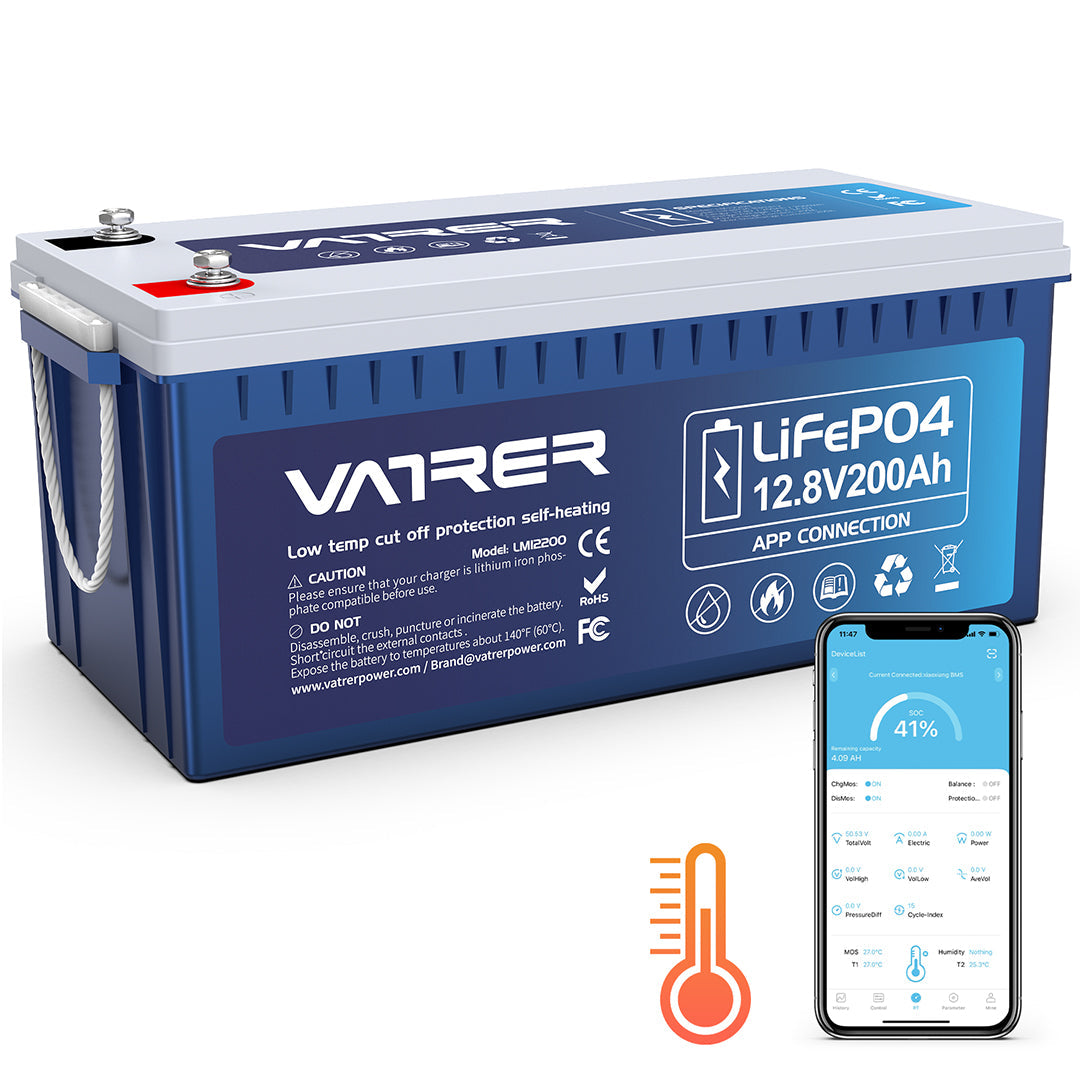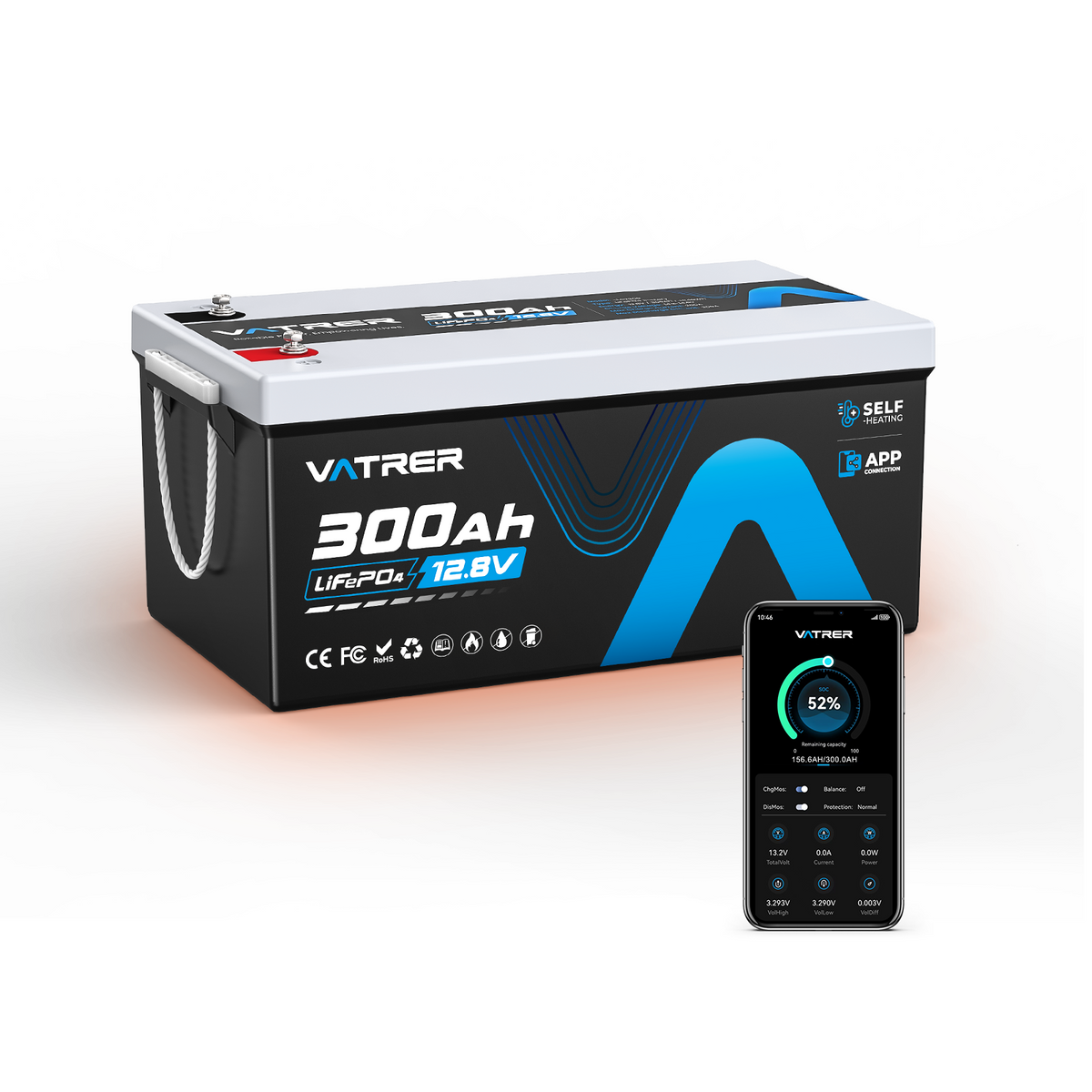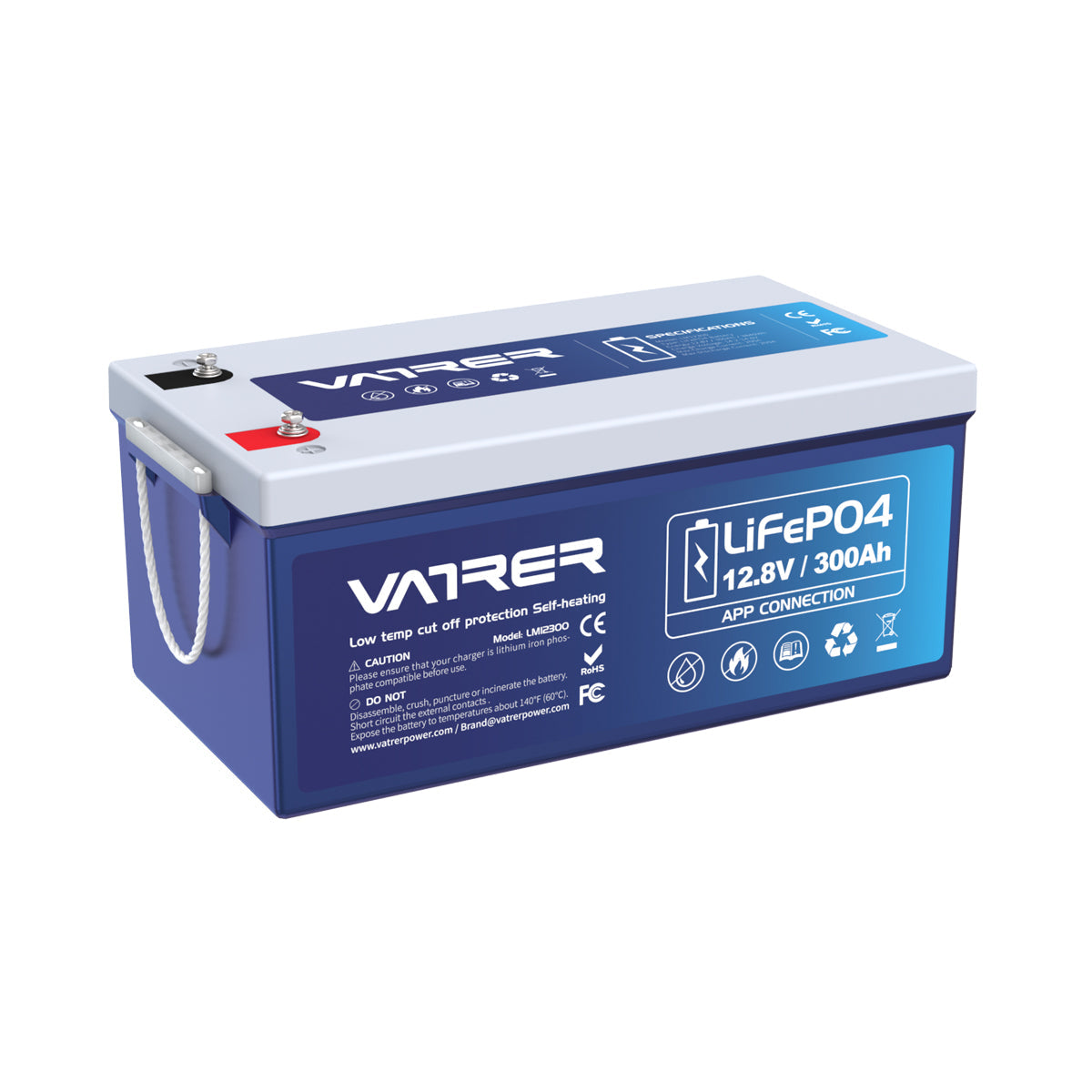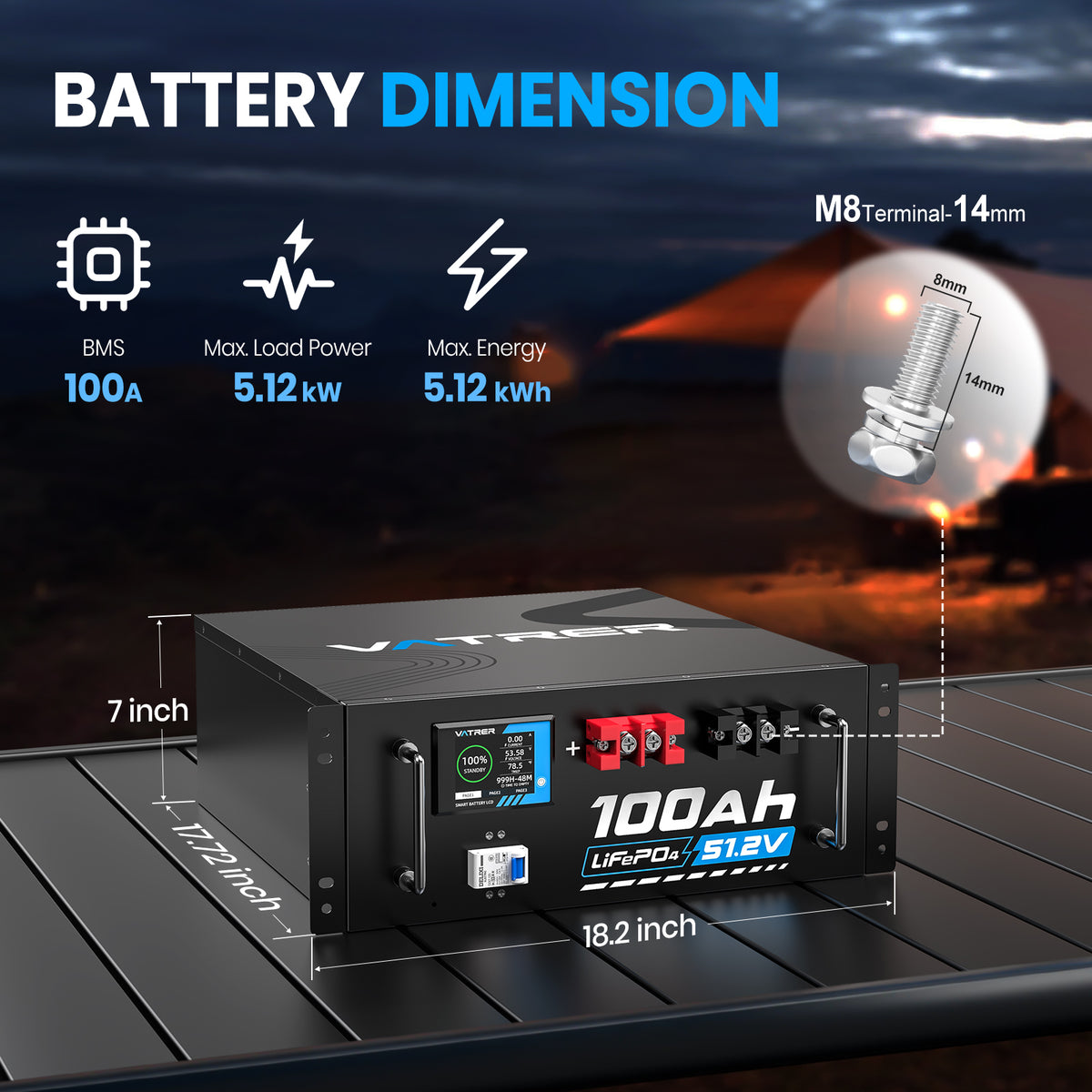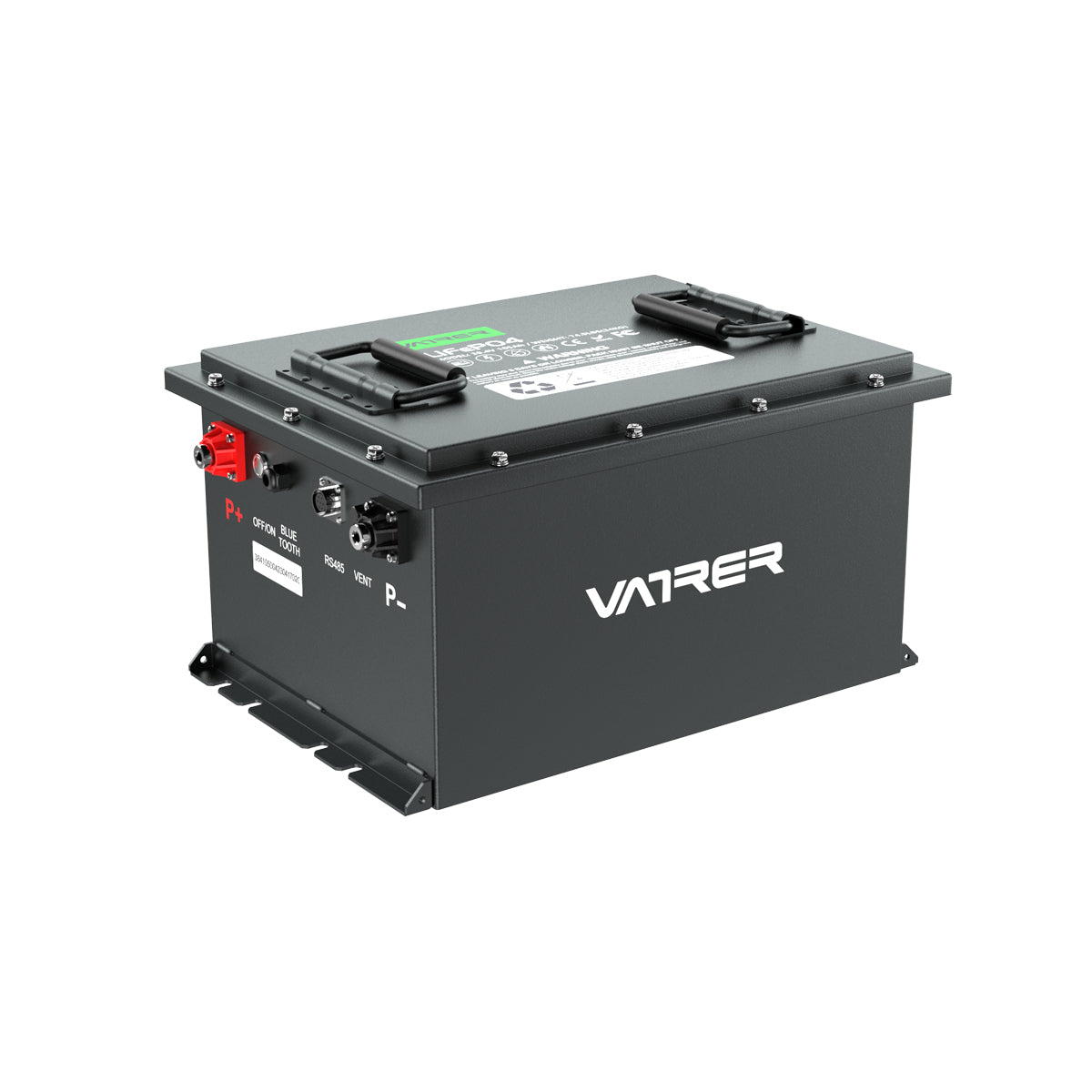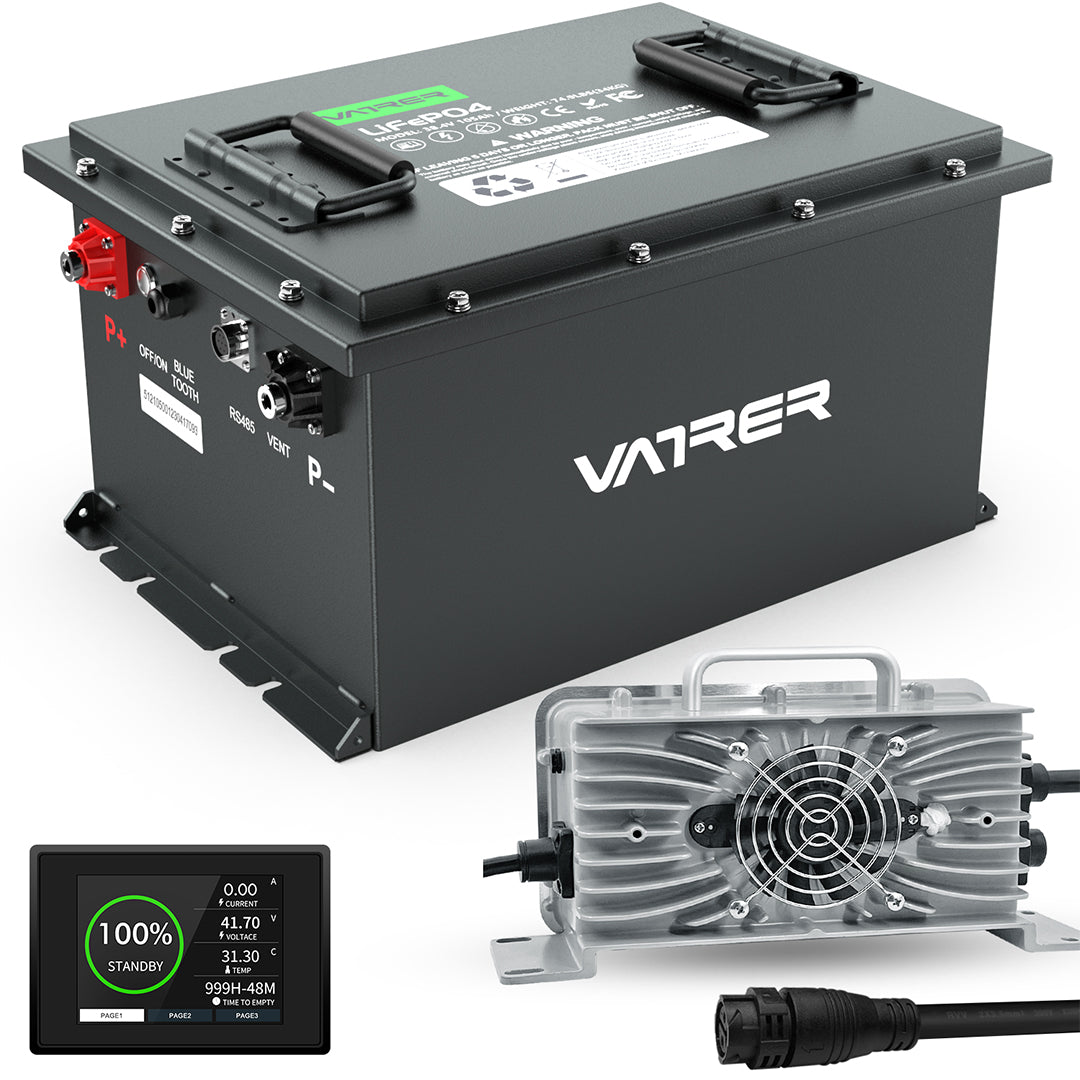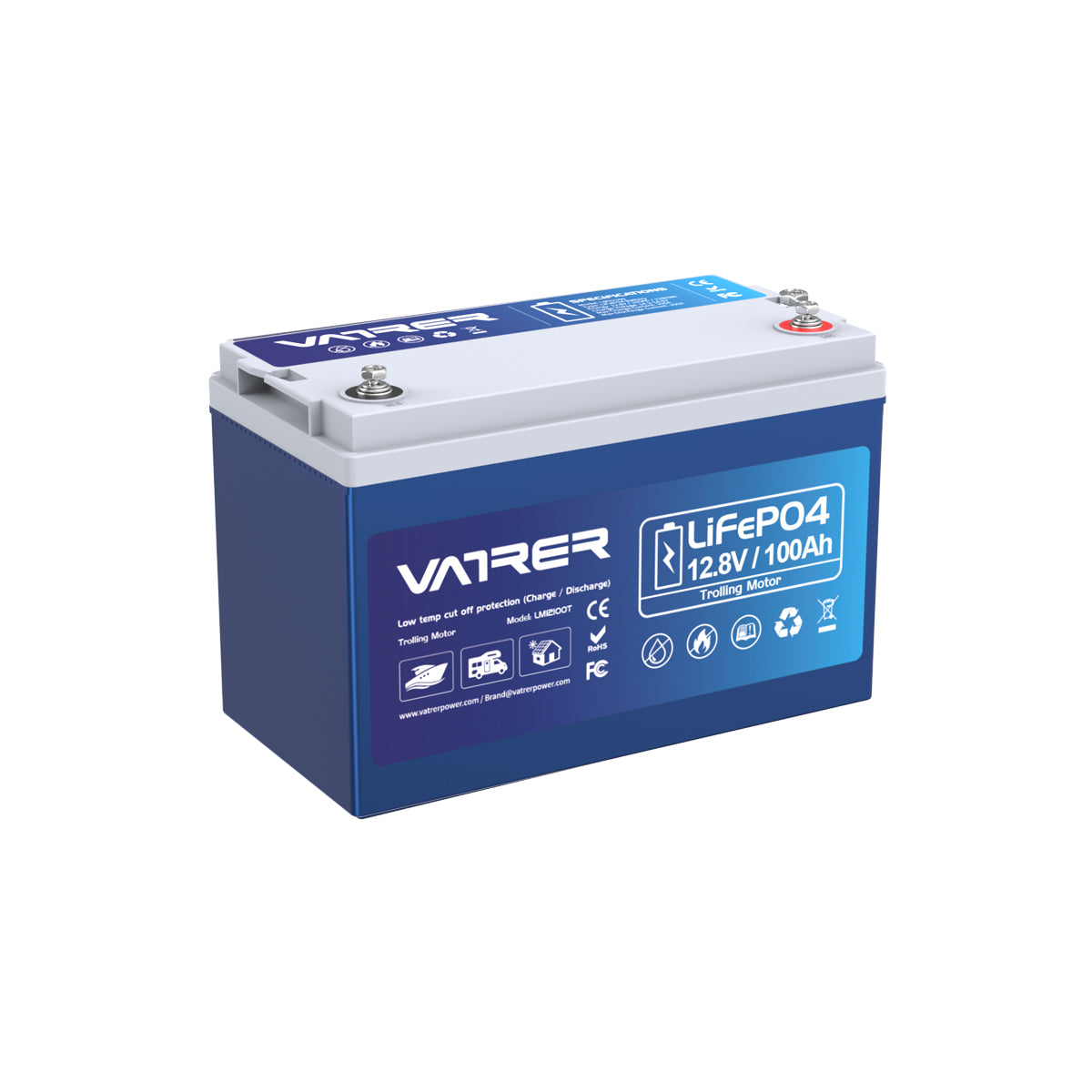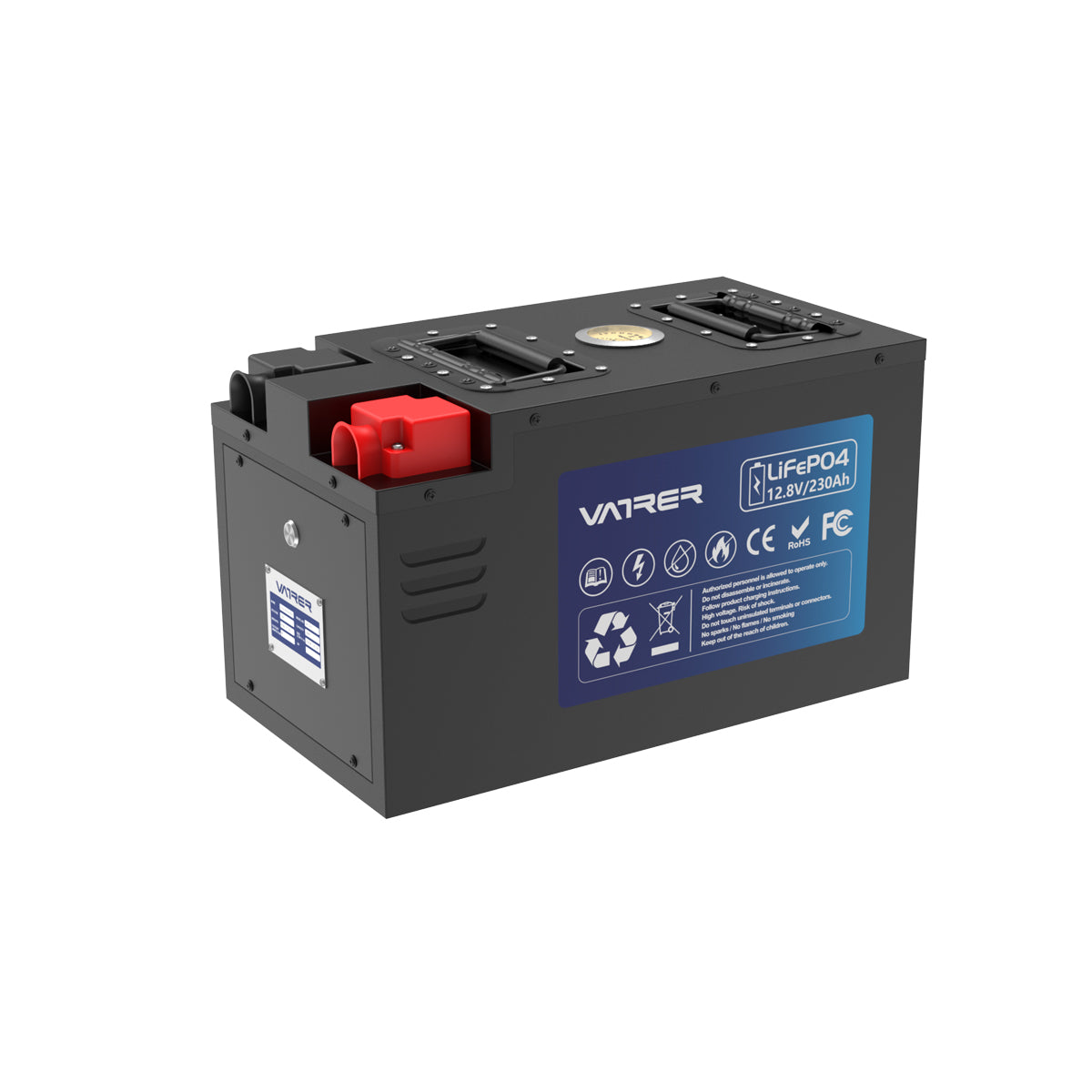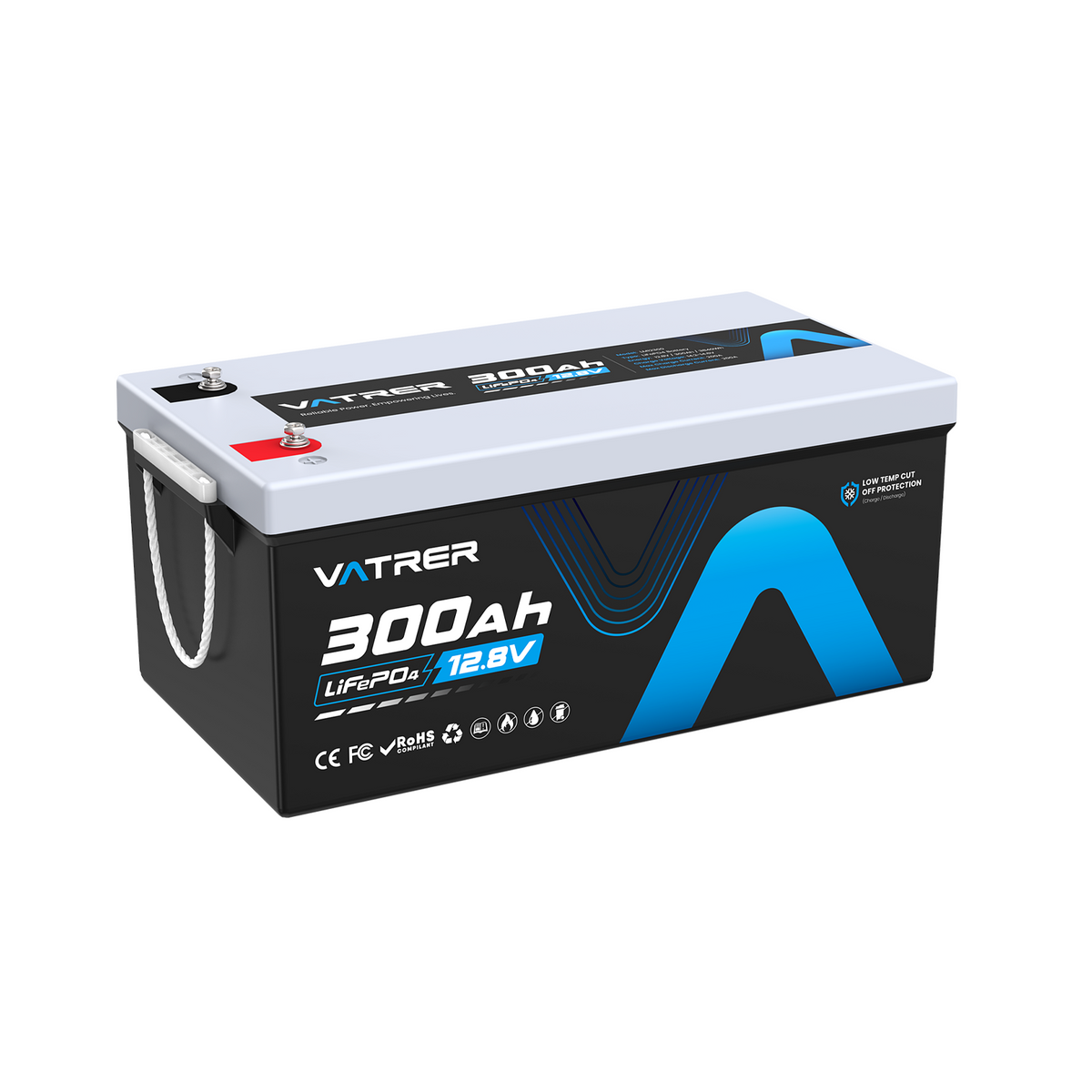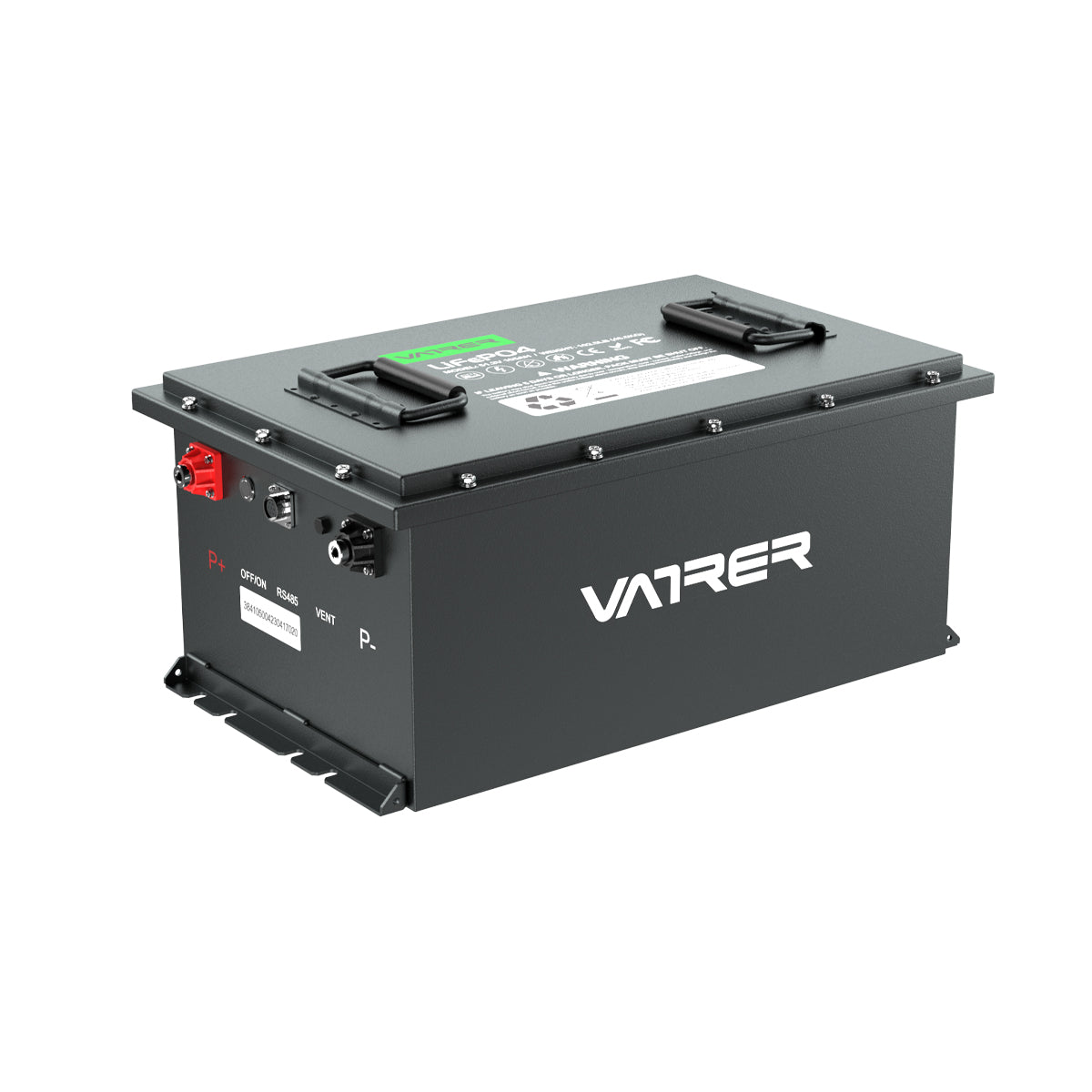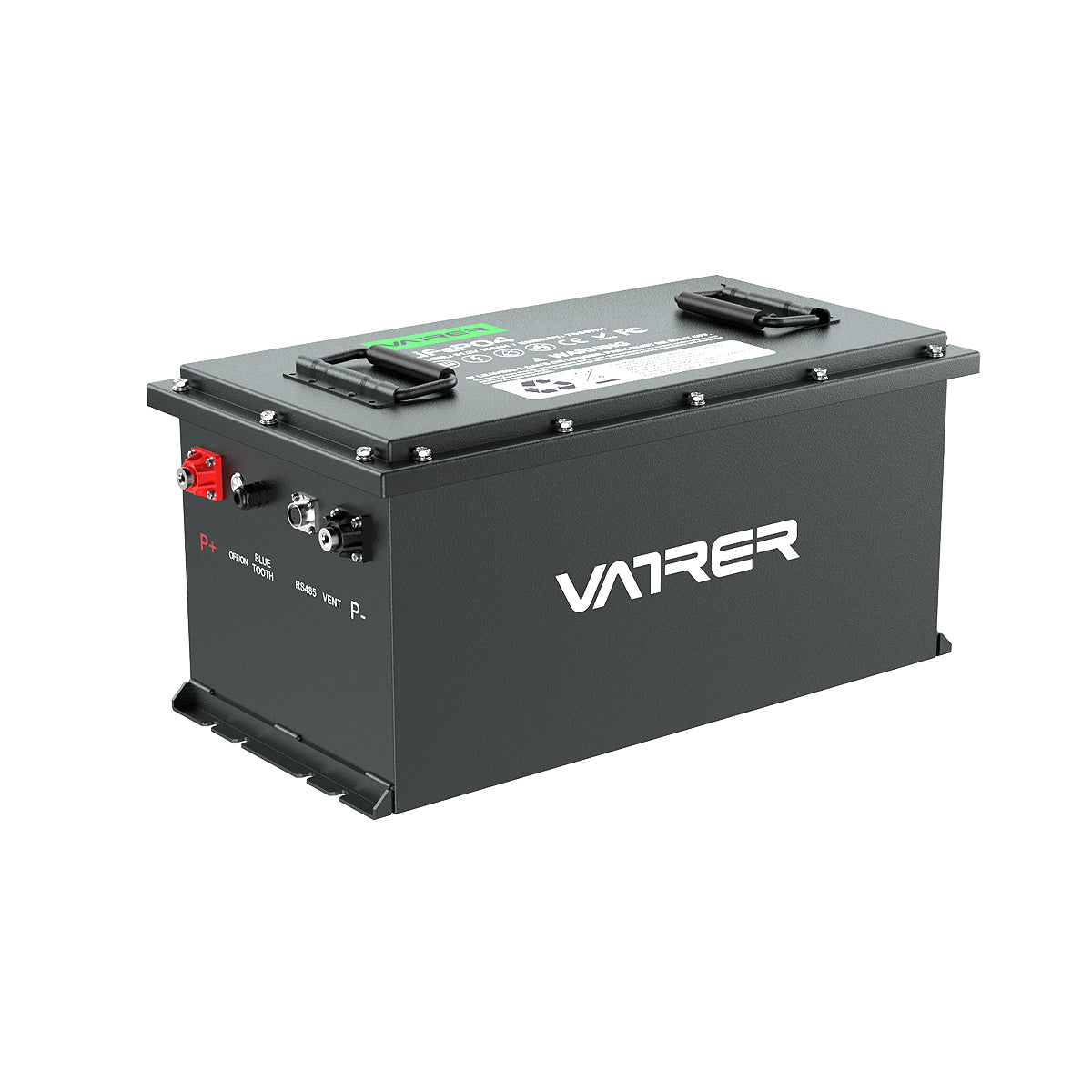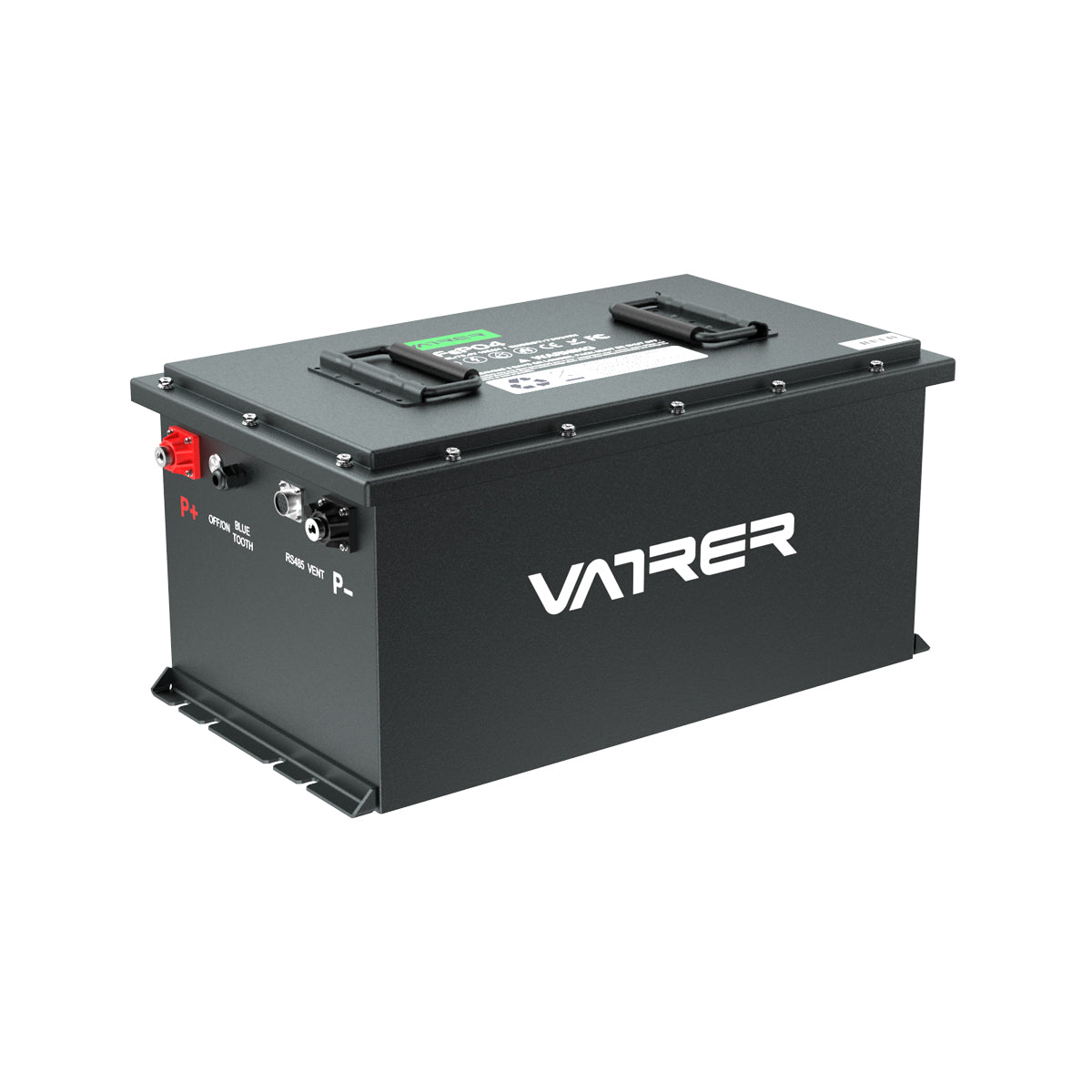1. Introduction
Golf carts are a popular mode of transportation on golf courses, in gated communities, and for personal use. At the heart of these vehicles are their batteries, which require regular maintenance to ensure optimal performance and longevity. This paper focuses on the maintenance of lead-acid golf cart batteries, which are widely used due to their cost-effectiveness and recyclability. Proper maintenance not only extends the life of the batteries but also enhances the performance of the golf cart.
Importance of Maintaining Golf Cart Batteries
Maintaining golf cart batteries is crucial for several reasons. Firstly, it ensures the reliability of the golf cart, preventing unexpected breakdowns. Secondly, proper maintenance can significantly extend the lifespan of the batteries, reducing the need for frequent replacements and thus saving costs. Lastly, well-maintained batteries contribute to the overall efficiency of the golf cart, ensuring it runs smoothly and effectively.
Overview of Lead-Acid Batteries
Lead-acid batteries have been a staple in the automotive industry since the 19th century. They are favored for their ability to deliver high surge currents and their relatively low cost. Despite the emergence of newer battery technologies, lead-acid batteries remain popular in golf carts due to their proven reliability and ease of recycling. However, they do require regular maintenance to prevent issues such as sulfation and corrosion, which can impair their performance.
2. Cleaning the Batteries
Importance of Cleanliness
Keeping golf cart batteries clean is essential to prevent corrosion and ensure efficient electrical conductivity. Dirt and debris can accumulate on the battery terminals, leading to corrosion that can impede the flow of electricity. This not only reduces the battery's effectiveness but can also lead to permanent damage if left unchecked.
Steps to Clean Battery Terminals
-
Safety First: Before cleaning, ensure the golf cart is turned off and the batteries are disconnected. Wear protective gloves and eyewear to prevent contact with battery acid.
-
Prepare Cleaning Solution: Mix a solution of baking soda and water. Baking soda neutralizes battery acid and helps remove corrosion.
-
Clean the Terminals: Use a bristle brush to apply the baking soda solution to the battery terminals. Scrub gently to remove any corrosion or dirt.
-
Rinse and Dry: After cleaning, rinse the terminals with clean water to remove any residue. Dry the terminals thoroughly with a clean cloth.
-
Reapply Terminal Protector: Once dry, apply a terminal protector spray to prevent future corrosion.

3. Monitoring Water Levels
Role of Distilled Water in Battery Maintenance
Lead-acid batteries rely on a mixture of sulfuric acid and water to function. Over time, water can evaporate, leading to a decrease in the electrolyte level. Maintaining the correct water level is crucial to prevent damage to the battery plates and ensure optimal performance.
How to Check and Refill Water Levels
-
Check Water Levels Regularly: Inspect the water levels in each battery cell at least once a month. The water should cover the battery plates but not be overfilled.
-
Use Distilled Water: Only use distilled water to refill the batteries. Tap water contains minerals that can cause buildup and reduce battery efficiency.
-
Refill Before Charging: Add distilled water before charging the batteries to ensure the electrolyte is at the correct level during the charging process.
-
Avoid Overfilling: Overfilling can cause the electrolyte to overflow during charging, leading to corrosion and damage.
4. Avoiding Overcharging
Risks of Overcharging
Overcharging lead-acid batteries can lead to excessive heat generation, causing the electrolyte to evaporate and potentially damaging the battery plates. This can significantly reduce the battery's lifespan and performance.
Using a Quality Battery Charger
-
Invest in a Smart Charger: Use a charger with a built-in voltage regulator to prevent overcharging. Smart chargers automatically adjust the charging rate based on the battery's needs.
-
Monitor Charging Cycles: Regularly check the charging process to ensure the charger is functioning correctly and not overcharging the batteries.
-
Avoid Overnight Charging: Unless using a smart charger, avoid leaving the batteries on charge overnight to prevent overcharging.
5. Proper Storage
Storing Batteries During Off-Season
If the golf cart will not be used for an extended period, proper storage of the batteries is essential to maintain their condition.
-
Fully Charge Before Storage: Ensure the batteries are fully charged before storing them to prevent sulfation.
-
Disconnect the Batteries: Remove the batteries from the golf cart and disconnect them to prevent any electrical discharge.
Environmental Conditions for Storage
-
Cool, Dry Place: Store the batteries in a cool, dry place to prevent temperature fluctuations that can affect battery performance.
-
Avoid Direct Sunlight: Exposure to direct sunlight can cause the batteries to overheat, leading to damage.
-
Regularly Check Charge Levels: Even in storage, batteries can lose charge. Check the charge levels periodically and recharge if necessary.
6. Equalizing the Batteries
What is Battery Equalization?
Battery equalization is a process that ensures all cells within a battery are charged equally. This is achieved by charging the batteries to a higher voltage than usual, allowing weaker cells to catch up with stronger ones.
Benefits of Equalizing Batteries
-
Improves Performance: Equalization helps maintain consistent performance across all battery cells, ensuring the golf cart runs smoothly.
-
Extends Battery Life: Regular equalization can prevent sulfation and stratification, common issues that reduce battery lifespan.
-
Automatic Equalization: Many modern chargers, such as the Lester Summit II, offer automatic equalization features, simplifying the process.
7. Avoiding Deep Discharging
Impact of Deep Discharging on Battery Life
Deep discharging occurs when a battery is discharged beyond 50% of its capacity. This can lead to sulfation, where lead sulfate crystals form on the battery plates, reducing capacity and lifespan.
Best Practices for Battery Discharge
-
Monitor Battery Levels: Use a battery gauge to keep track of charge levels and avoid deep discharging.
-
Recharge After Use: Recharge the batteries after each use to maintain optimal charge levels.
-
Avoid Running Batteries to Zero: Never allow the batteries to completely discharge, as this can cause irreversible damage.
8. Regular Charging
Importance of Regular Charging
Regular charging is essential to maintain the health and performance of golf cart batteries. It prevents sulfation and ensures the batteries are always ready for use.
Recommended Charging Practices
-
Charge After Each Use: Make it a habit to charge the batteries after each use, even if they are not fully discharged.
-
Use the Correct Charger: Ensure the charger is compatible with the battery type and capacity to prevent damage.
-
Follow Manufacturer Guidelines: Adhere to the manufacturer's recommendations for charging times and procedures.
9. Conclusion
Maintaining golf cart batteries is a critical aspect of ensuring the longevity and performance of your golf cart. By following the outlined maintenance tips—cleaning the batteries, monitoring water levels, avoiding overcharging, storing properly, equalizing, avoiding deep discharging, and regular charging—you can significantly extend the life of your batteries and enhance the efficiency of your golf cart. Proper maintenance not only saves costs in the long run but also ensures a reliable and enjoyable golfing experience.

